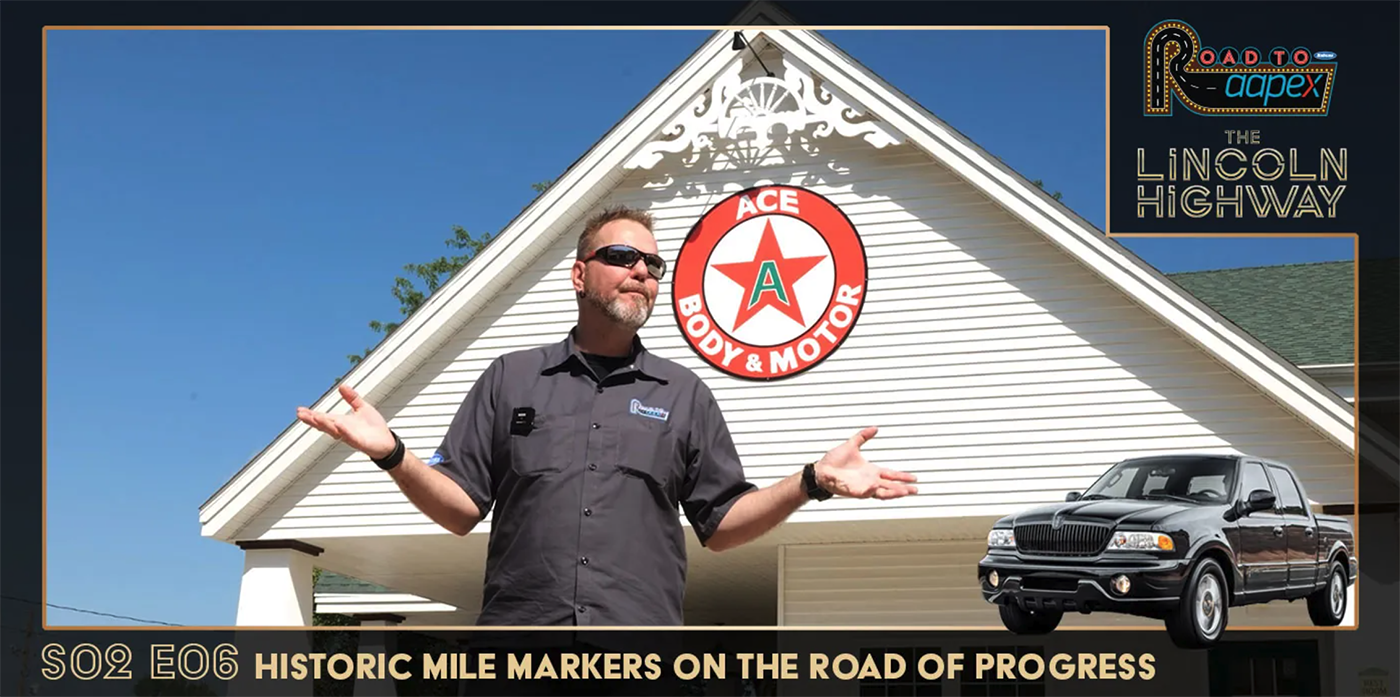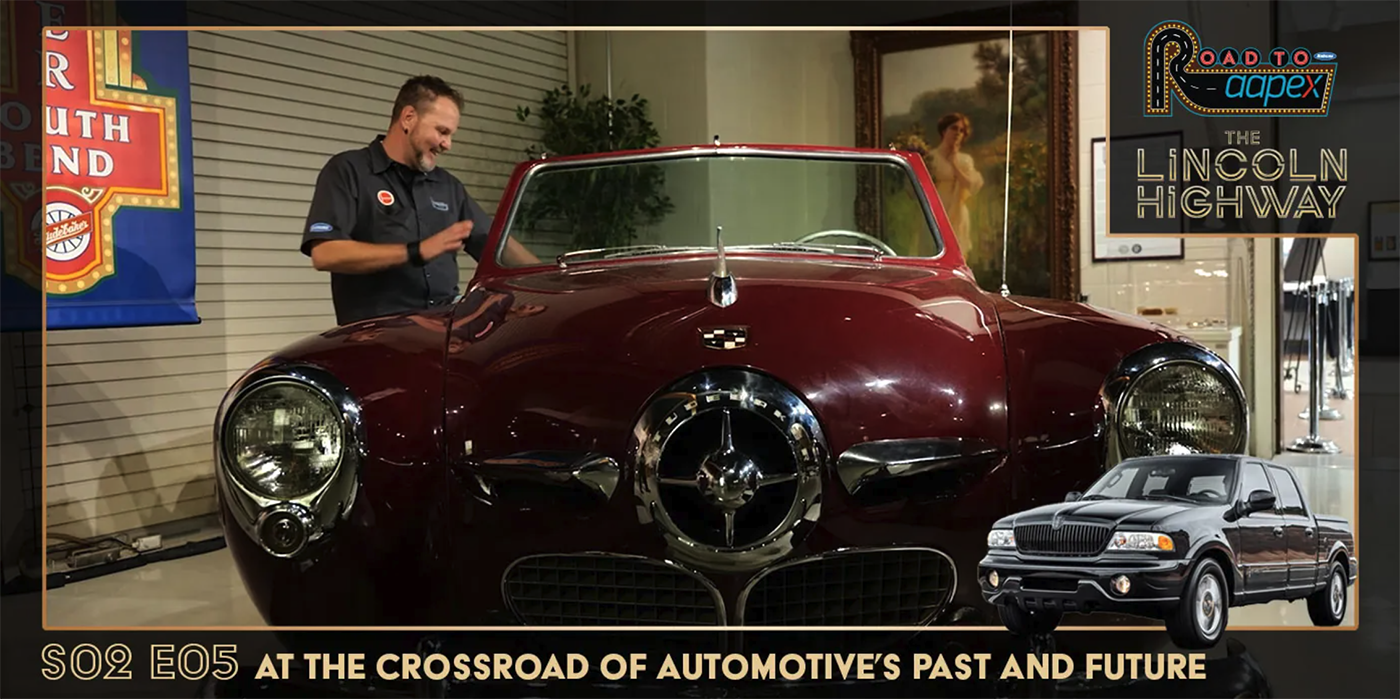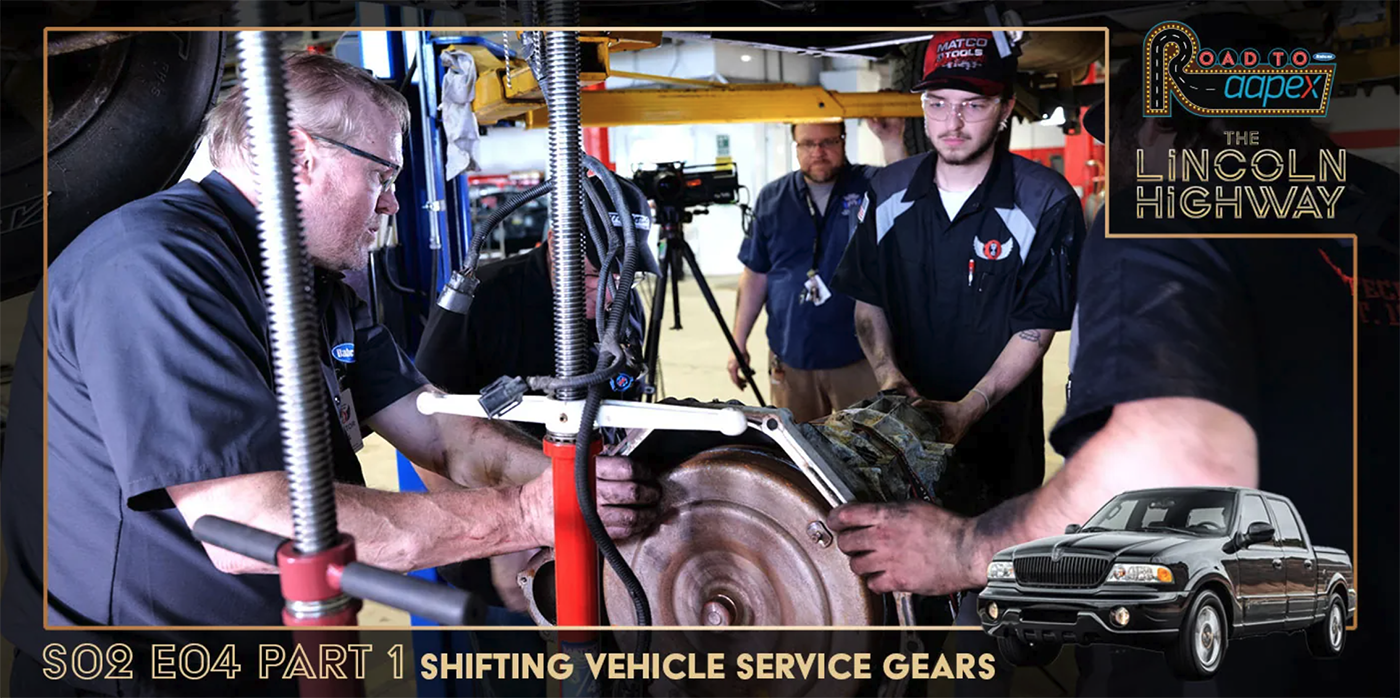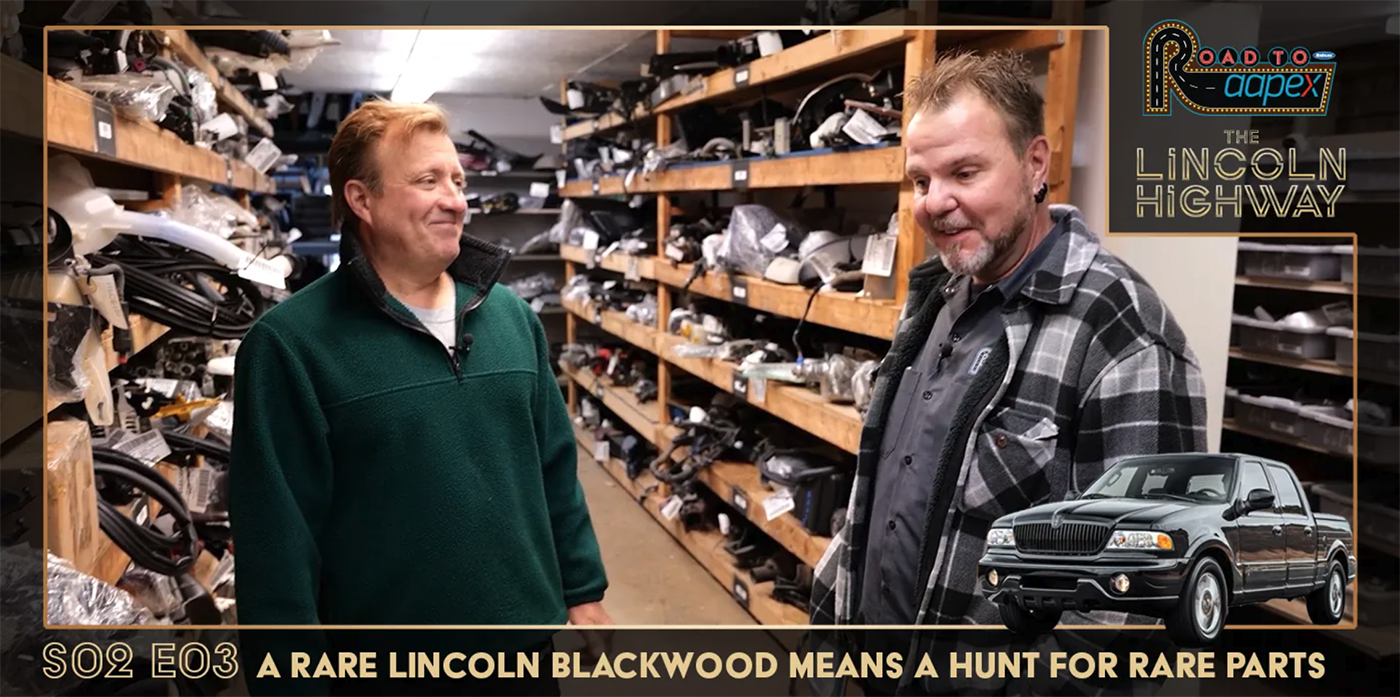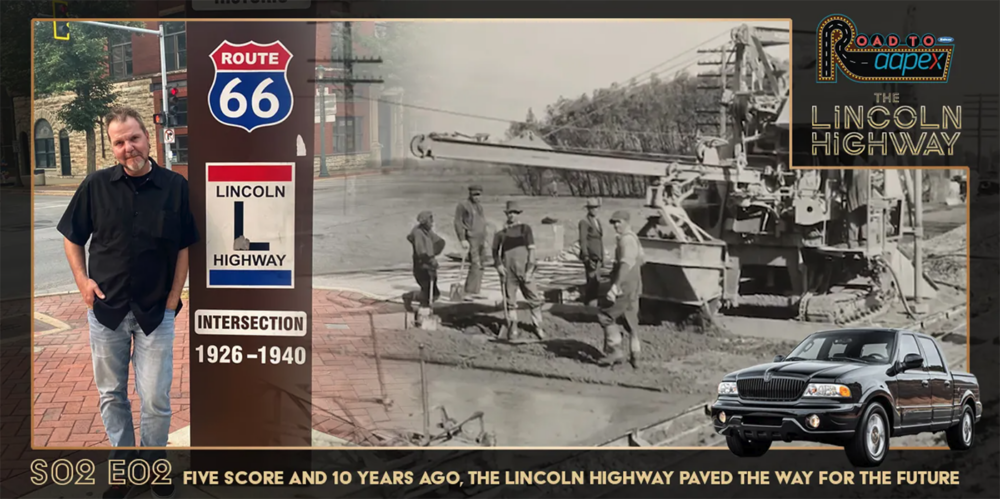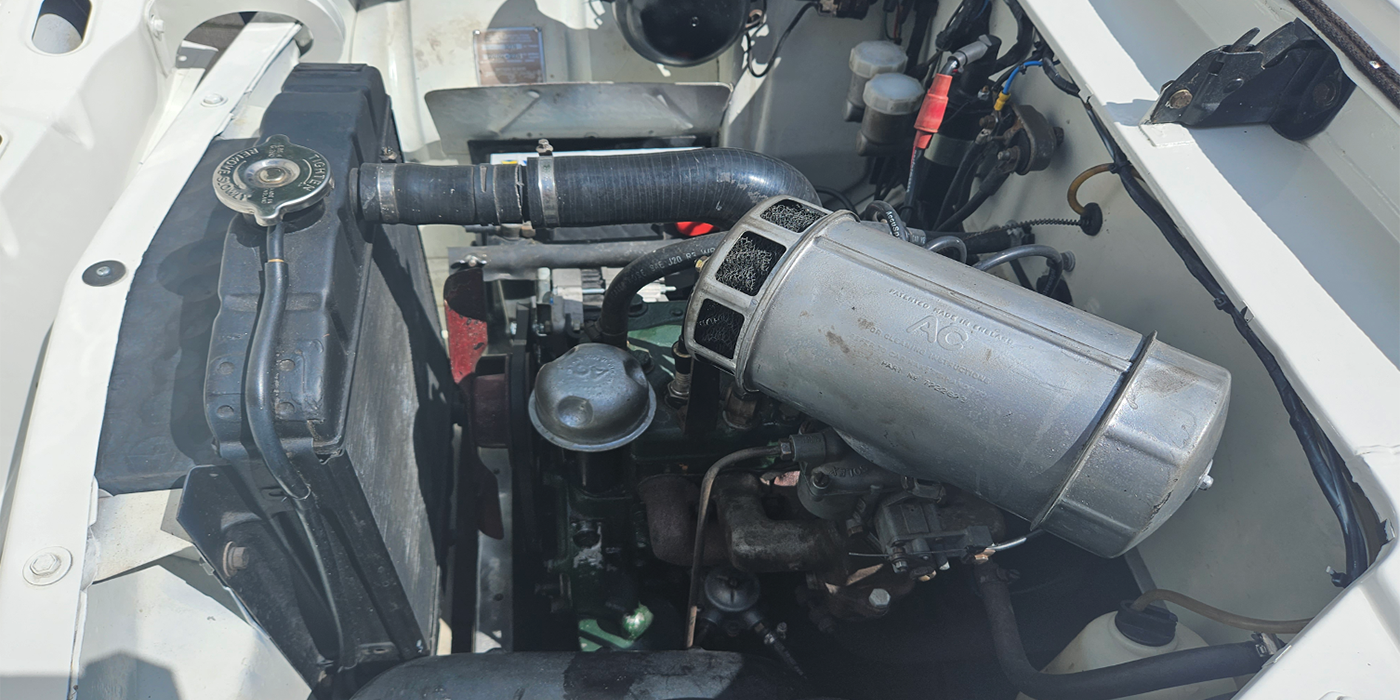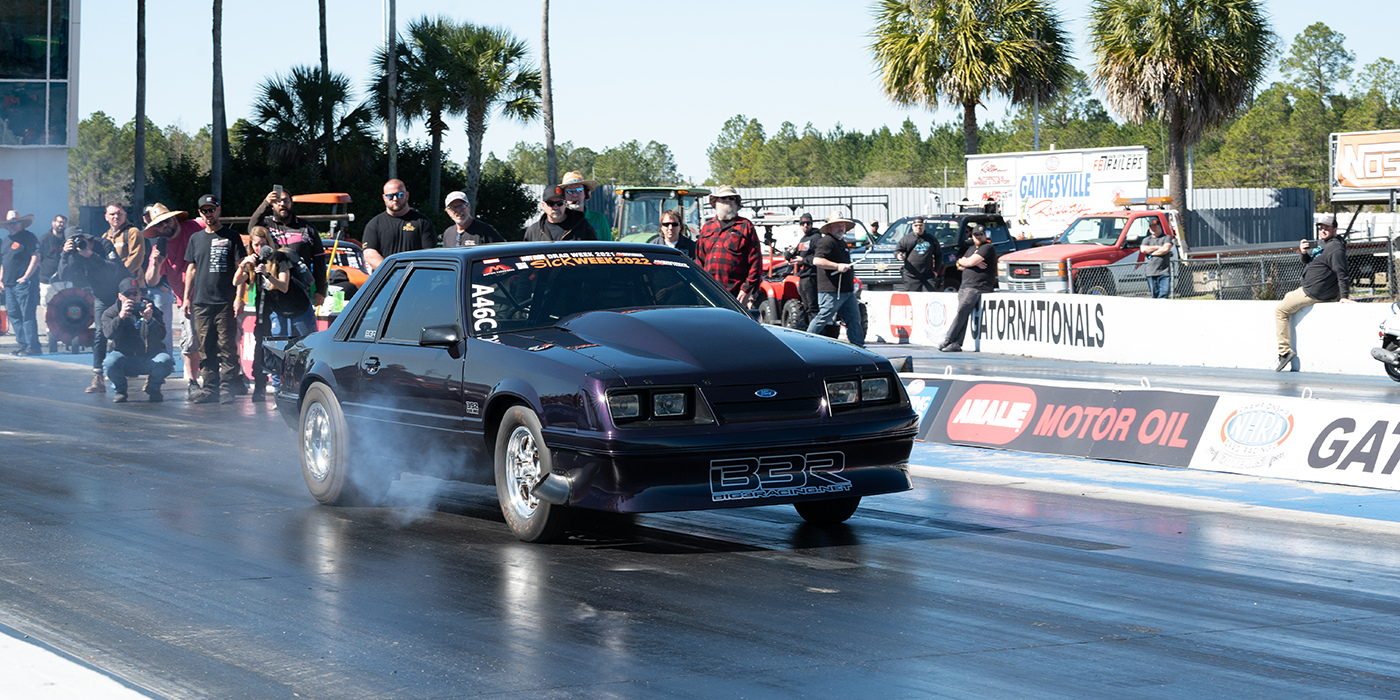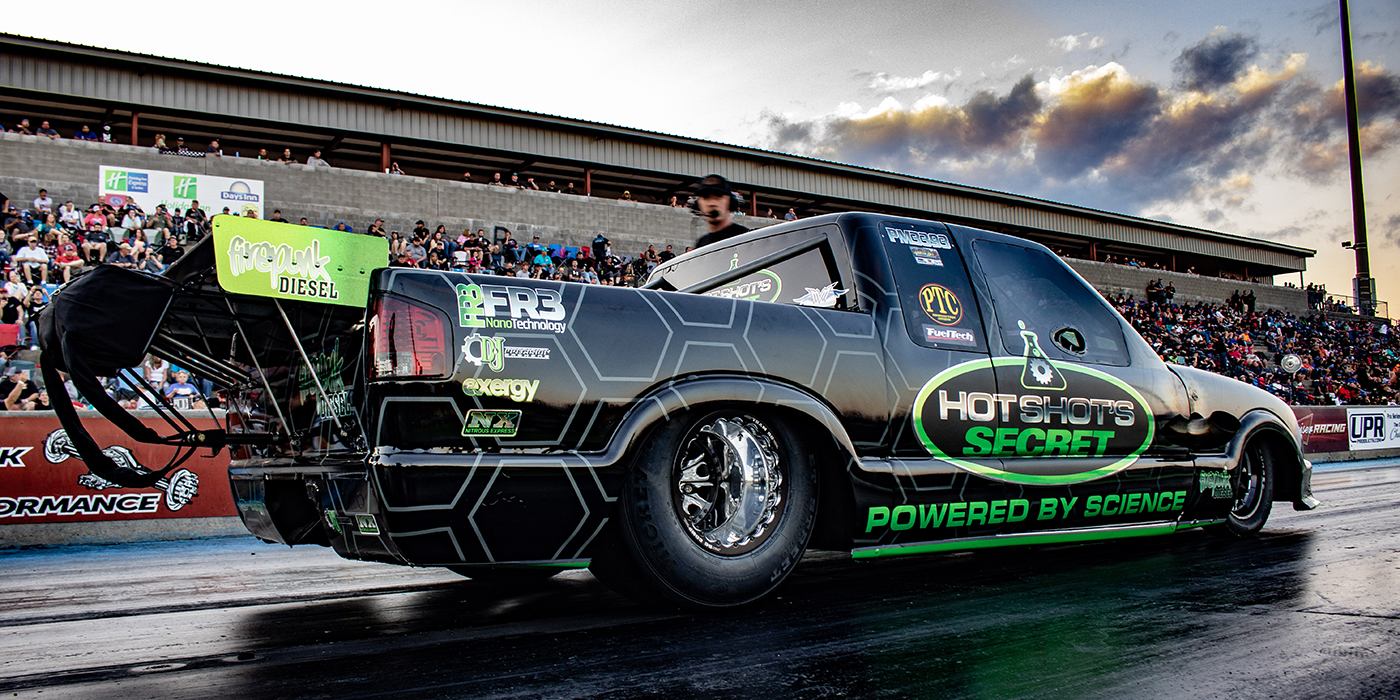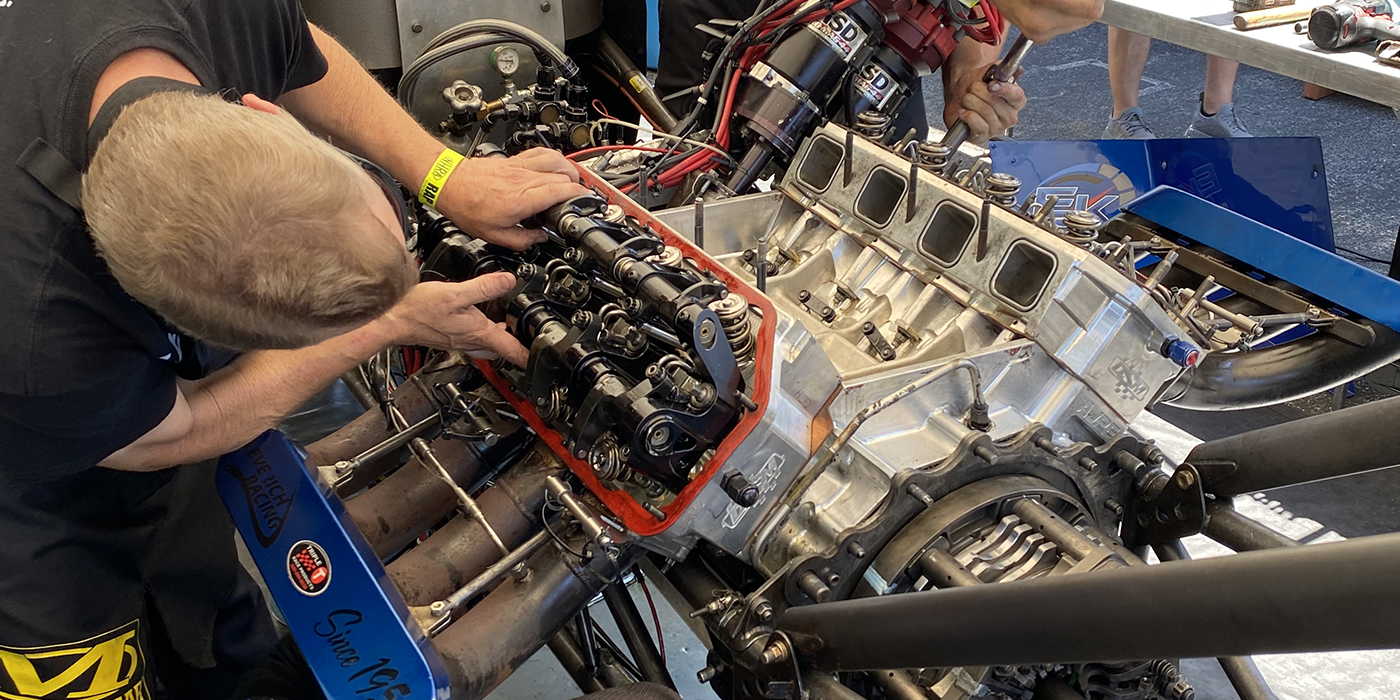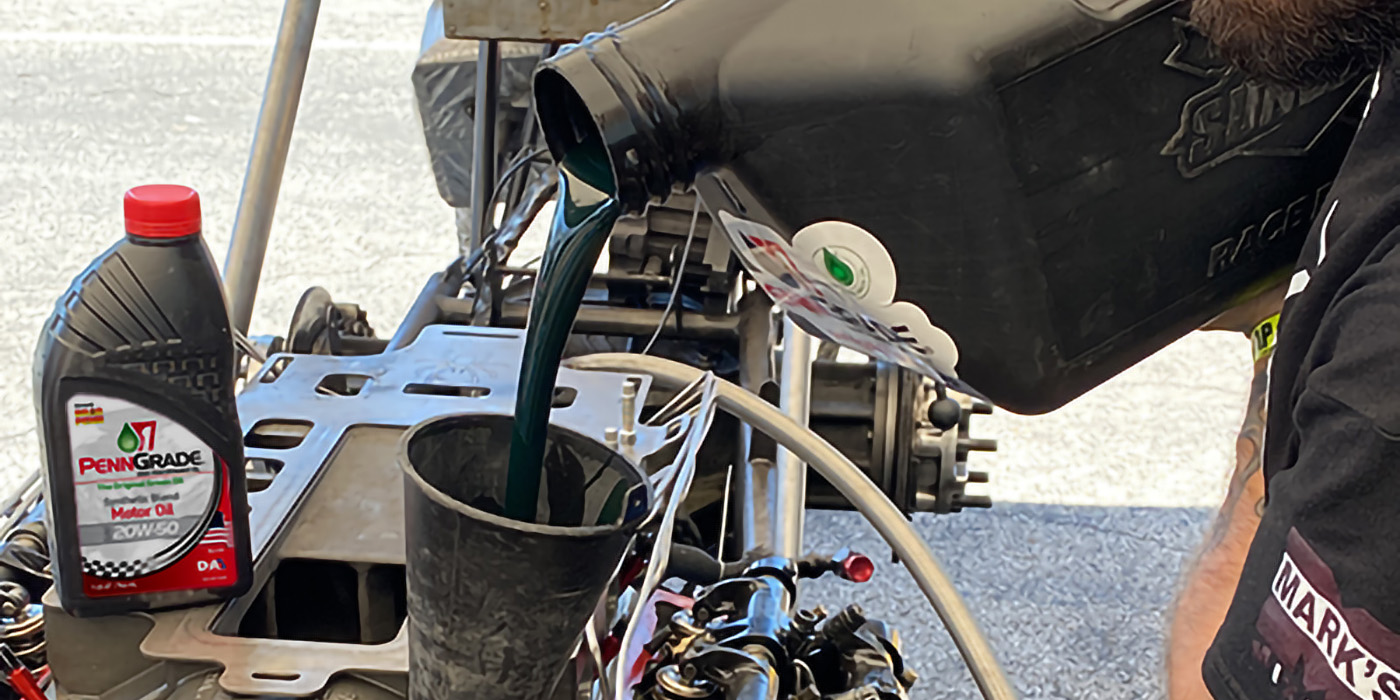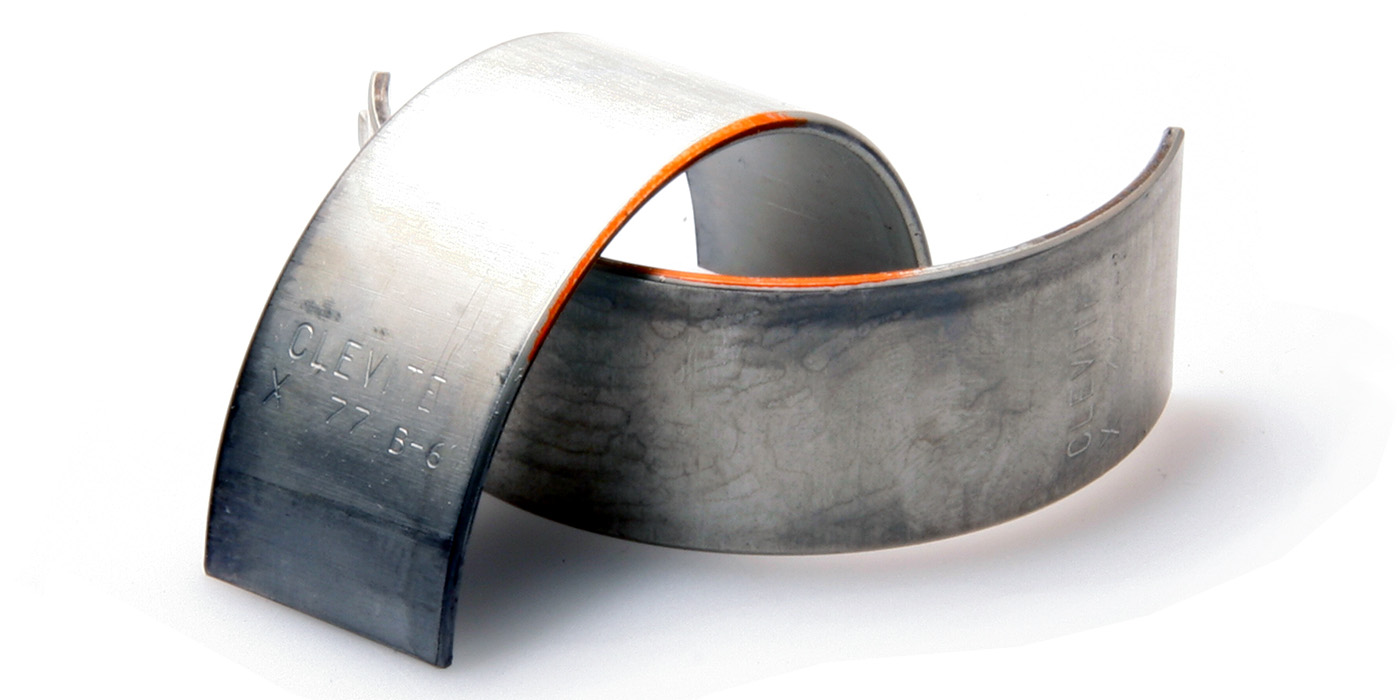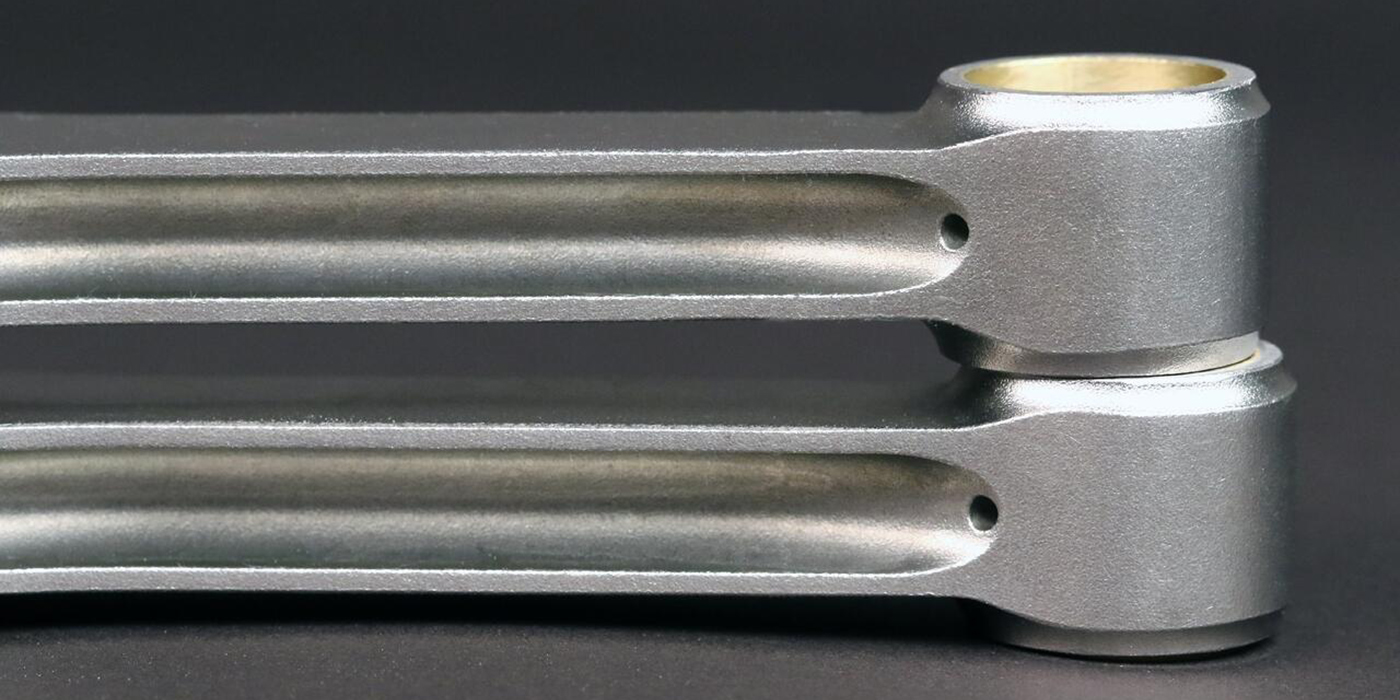The demand for high performance vehicles has never been stronger. A good indicator is that automakers are turning out more powerful models with each successive new car introduction. Remember when 500 horsepower was a pretty good number for a race motor? Today you can purchase a number of vehicles that eclipse 500hp, from a Z06 Corvette to a V10 M5 BMW, and they get incredible fuel mileage.
To be sure, most of these high-horsepower techno marvels cost more than your first house, but there are several intermediate models like the 300hp Suburu WRX that are raising the bar as everyday workhorses, and they are affordable and fun to drive.
This rise in performance expectations carries over to your traditional V8 customers – they just expect more. With weekend warrior race cars running in the 8’s on 10-1/2″-wide DOT drag radials, the bar just gets higher and higher.
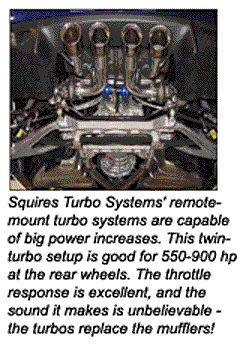
So what does this mean for your traditional engine rebuilding business? It means the world of high performance is changing and reinventing itself at an incredible pace. In the past, the engine building business could lag behind the O.E. industry 5-10 years, and the timing seemed good. Sure, some of that business still exists (primarily for the restoration market), but as you’ve probably already figured out, it’s a shrinking market. So what’s next?
With even Saturns now available with superchargers, the writing is on the wall. The future of high performance, especially on the street is “power on demand.” That’s right, smaller, more efficient engines topped off with a turbo, supercharger or nitrous. Correctly set up, these engines operate like non-performance engines (smooth idle, good fuel economy and a wide flexible power band). But crack open the throttle more aggressively and the boost delivers 400-500hp at the rear wheels along with a lot of tire smoke.
Building an engine for a “power adder application” is not that different from what you are doing now, except there are some definite do’s and don’ts.
For those guidelines we got in touch with George Striegel at Clay Smith Engineering in Buena Park, CA. Besides custom grinding the legendary Clay Smith cam profiles, George has been building successful supercharged, turbocharged and nitrous- assisted engines for more than 40 years. His engines compete in everything from endurance boat races to record-holding drag cars. If something bad can happen to a boosted engine, George has seen it. If you follow his advice, it will save you costly comebacks and a soiled reputation.
However, before we get into the nitty gritty of George’s engine building tips you need to know that all power adders are not the same. Your customer may have already chosen the power adder he or she wants to use, but you should be fully versed in what’s out there to help guide your customers. Here’s a quick primer:
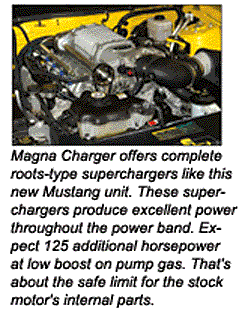
Superchargers – They come in many styles, but we are going to limit this discussion to the most popular supercharger kits currently available. The most well known and mainstay for drag racing for more than 50 years are the Roots-type positive displacement superchargers. They deliver a linear power increase from off-idle to peak rpm. When you drive a vehicle with this style of supercharger it feels like the vehicle has a much larger displacement engine.
Reworked old GMC diesel superchargers are popular but they have been eclipsed by the smaller and more efficient Eaton-style blowers offered by companies like Magna Charger, Holley and the O.E.s
Another positive displacement type of supercharger is the “screw-type” offered by firms like Kenne-Bell and Whipple. They have similar performance characteristics to the Roots-type superchargers, but are claimed to be more efficient.
Another style of supercharger very popular these days are centrifugal supercharges like those built by Vortech, Paxton, Procharger and quite a few others. They are basically mechanically-driven turbochargers that tend to make boost and their largest power gain at higher rpm. Part of their huge popularity is the relatively ease of installation and the fact that don’t hit hard on the bottom end, aiding traction-limited vehicles.
Turbochargers – Without a doubt turbochargers can make more power per pound of boost than a supercharger. The torque curve is more robust too, hitting earlier and larger than a centrifugal supercharger. The problem is they are difficult to install and few kits are available – at least that was the case until Squires Turbo Systems (STS) came up with the remote mounted turbo that fits in place of the muffler. The STS system has the same desirable turbo characteristics with none of the installation hassles.
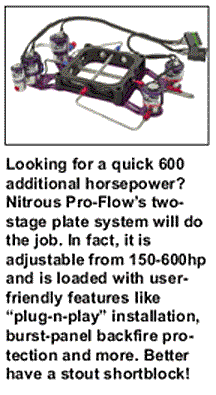
Nitrous Oxide – Nitrous is the wild card – nothing hits harder or produces more torque at the bottom of the rpm band. It’s cheaper than most supercharger and turbo kits, and is definitely easier to install. The downside is that refilling the NOS bottle is a constant reality. Also, missing the tuneup can destroy a good engine almost instantly – you need to know what you are doing with this stuff.
The reason that I briefly touched on the various power adders is that as an engine builder you need to know what’s available and how they are different. It would be a good idea to become a dealer for one or more of these systems as they offer a fairly high profit margin and usually require a fairly low buy-in to get started.
Another reason I went over the various forms of power adders is that they affect one area of the engine build differently – compression ratio. For most supercharged applications George recommends a 7.5-8.5:1 compression ratio. The issue here is the positive displacement-type superchargers are always pumping and building heat.
Turbocharged engines can tolerate a little more compression because there is a cooling effect when the turbo is not in boost. Just remember the higher the compression the lower the boost your engine will tolerate.
Nitrous engines can tolerate even more compression because the nitrous cools the intake charge suppressing detonation.
Clay Smith Engineering’s Striegel states that building a good engine for nitrous, turbos or blowers is all about the parts you use in the bottom end. Cast or hypereutectic pistons have no place in a boosted engine. Forged pistons are a must. Same is true for connecting rods; cast or powdered metal rods will fail when the boost is dialed up. Cast cranks are also never a good idea, especially when you are trying to drive a supercharger off the crank snout.
George always starts with a strong block checked for cracks and minimum cylinder wall thickness. He prefers four-bolt main cap blocks but will install aftermarket four-bolt billet steel caps on two-bolt blocks. Several manufacturers offer these caps, but be sure to use the type that angle the outside bolts to stronger areas of the main webs.
Next, George selects a forged crankshaft and if it’s a really high output engine he orders a custom billet crankshaft. He also uses aftermarket forged “H-beam” connecting rods as a minimum, but suggests a set of billet rods for real extreme duty.
Piston design is important and George shares the following specifications that he adheres to. First, you need a high quality forged piston. The top ring must be at least .300″ down from the top of the piston and George likes to see at least .125″-.150″ between the first and second ring land. Piston pin wall thickness is also an issue. George uses .185″ wall thickness as a minimum, although he will use a tapered pin as long as it gets to .185″.
A couple of other areas of the engine require some added attention with power adders. The first is the exhaust valve. It sees a lot more heat than it does in a normally aspirated engine so a high-quality stainless steel valve is a must. For severe duty and racing applications inconel exhaust valves are highly recommended.
Most of the hot street/strip engines George builds these days use hydraulic roller camshafts. Regardless of the size of the camshaft he keeps the lobe centerline right around 110°. He finds that it builds less temperature and therefore is less prone to detonation. Valve springs are set up with 165 psi of seat pressure and 400 psi open pressure.
Ignition timing is very critical in supercharged and nitrous applications. For most of his supercharged applications George eliminates (locks out) the timing advance curve, setting the total timing at 30-35° depending upon how much the engine can take without knocking. He says there are no starting issues with this much initial timing.
Nitrous oxide is a totally different animal when it comes to ignition timing. Most nitrous manufacturers supply detailed timing information on how much timing must be retarded for a given amount of nitrous. Companies like MSD offered sophisticated ignition controls that can retard timing when each stage of nitrous is activated. It sounds complicated, but it’s not.
With today’s pump gas, most supercharger and turbo kits are limited to 5-6 pounds of boost. Anything more and detonation is fairly likely to destroy the engine. Several supercharger and turbo makers offer a methanol/water injection that allows up to 8 pounds of boost with pump gas, and some high-end intercooled kits will get you to 7-8 pounds of boost without methanol/water injection.
The key to “power on demand” is to build a good mild 300-400 hp V8 that with 5-6-pounds of boost will produce 550-600 hp. It’s fairly easy to do with the technology and parts that are available today, and If you do it right, it will hang together and your satisfied customer will be your best salesman!

